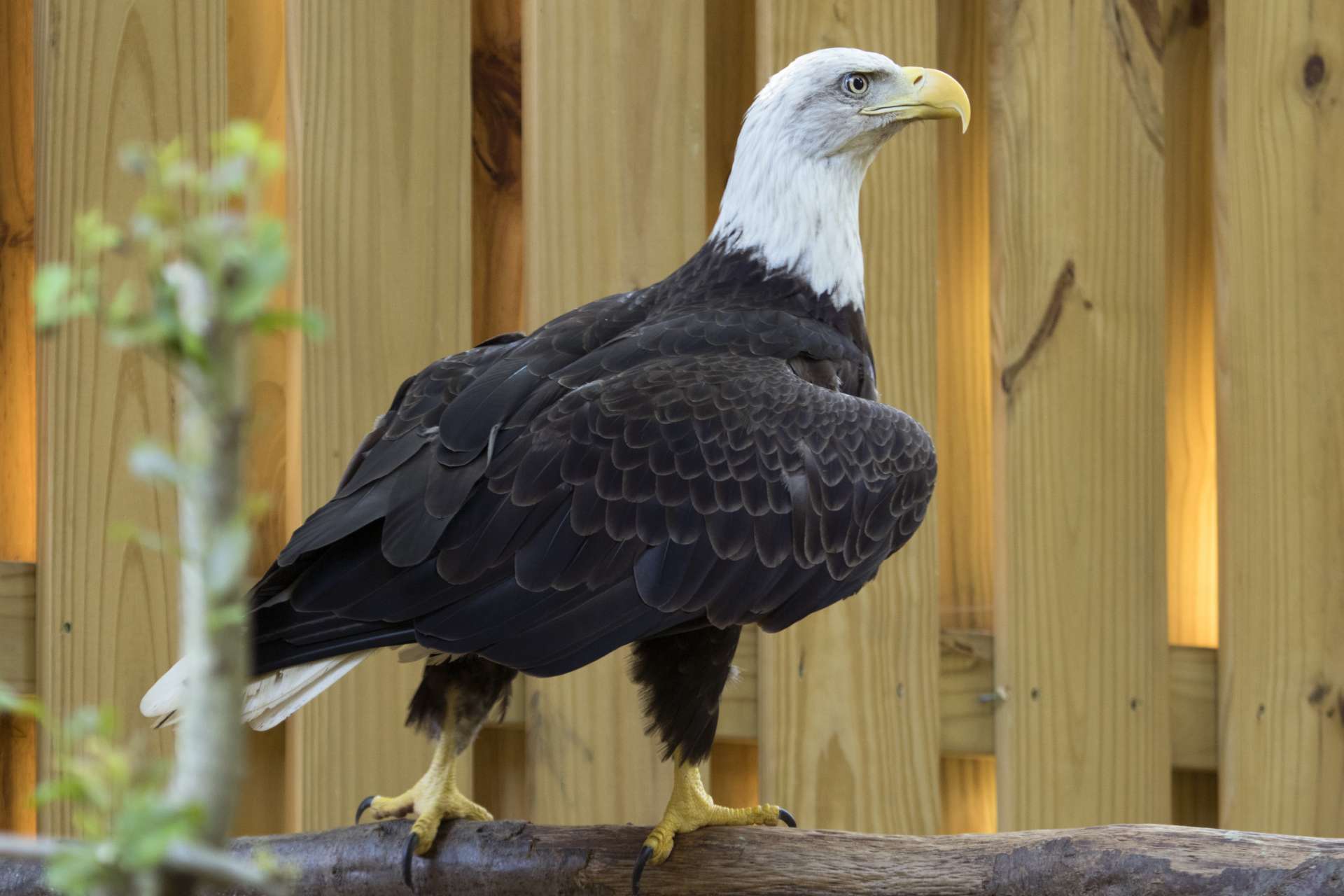Summary of ABCD…ESA…FWS…:
The content discusses the importance of compliance with local, state/provincial, and federal laws and regulations concerning wildlife in the context of accreditation for zoos and aquariums by the Association of Zoos and Aquariums (AZA). It outlines the various federal agencies and their regulations, such as the U.S. Department of Agriculture (USDA), U.S. Department of the Interior (USDI), U.S. Department of Commerce, and U.S. Department of Health and Human Services, that AZA facilities must adhere to. The author emphasizes the complexity of these regulations and the impressive ability of AZA facilities to comply with them, contrasting them with “roadside” animal attractions like those associated with Joe Exotic.
Summary:
– The importance of compliance with local, state, and federal laws and regulations in wildlife management
– The role of various federal agencies in regulating wildlife activities
– The impressive ability of AZA facilities to track and comply with wildlife regulations
– The interconnectedness of human, wildlife, and environmental health in wildlife management
– The dedication of AZA facilities to benefit wildlife and wild places
Hey there, wildlife enthusiasts! Today, I want to dive into the fascinating world of wildlife regulations and the incredible work that goes into ensuring the well-being of our animal friends. As an interpretation specialist at Zoo Atlanta, I’ve learned about the intricate web of laws and regulations governing wildlife management. I can’t wait to share some of these insights with you.
Compliance with local, state, and federal laws and regulations is crucial for wildlife management. It ensures that the welfare of animals is protected and conservation efforts are upheld. As a key component of accreditation standards for zoos and aquariums, this compliance is something that AZA facilities take very seriously, and for good reason.
Now, let’s take a closer look at the federal agencies that play a pivotal role in regulating wildlife activities. From the U.S. Department of Agriculture to the U.S. Department of the Interior, these agencies oversee a wide range of laws and regulations to protect animal welfare, conserve wildlife habitats, and prevent disease spread.
One such agency is the U.S. Department of Agriculture, which is responsible for developing and enforcing animal welfare and plant health laws. Under the USDA, the Animal Plant and Health Inspection Service (APHIS) plays a crucial role in protecting animal welfare through regulations like the Animal Welfare Act and the Animal Health Protection Act.
Moving on to the U.S. Department of the Interior, we encounter the Fish & Wildlife Service (FWS), which manages fish, wildlife, and natural habitats. This agency monitors compliance with regulations such as the Endangered Species Act, the Migratory Bird Treaty Act, and the Bald and Golden Eagle Protection Act, among others. Their work is essential in safeguarding the survival of endangered species and preserving natural ecosystems.
But that’s not all. The U.S. Department of Commerce also plays a part in wildlife management through the National Oceanic and Atmospheric Administration (NOAA). This scientific agency oversees the stewardship of national marine resources and implements laws like the Marine Mammal Protection Act, contributing to marine wildlife conservation.
It’s fascinating to see how these federal agencies work together to create a comprehensive framework for wildlife regulation, ensuring the protection and conservation of our natural world. The interconnectedness of human, wildlife, and environmental health is also evident in the U.S. Department of Health and Human Services efforts, particularly through the Center for Disease Control and the Food and Drug Administration, which regulate the importation and transportation of wildlife to prevent the spread of diseases.
As we delve into the complexities of wildlife regulations, it becomes clear that compliance is no easy feat. It requires a deep understanding of the laws and regulations and a significant investment of time and resources to ensure ongoing adherence. This is where AZA facilities truly shine. With dedicated staff focused on administrative processes and professional networks that support member facilities in navigating the labyrinth of regulatory requirements, AZA-accredited zoos and aquariums go above and beyond to ensure compliance with wildlife regulations.
From the Lacey Act to the Endangered Species Act, AZA facilities work tirelessly to meet and exceed these standards, demonstrating their unwavering commitment to the welfare and conservation of wildlife. This dedication sets them apart from roadside animal attractions, where compliance with wildlife regulations is often lacking.
In closing, the immense effort that goes into tracking and complying with wildlife regulations is a testament to the passion and dedication of AZA-accredited facilities. They not only meet the stringent requirements set forth by federal agencies but also go the extra mile to ensure that every aspect of their operations benefits wildlife and wild places.
I hope this glimpse into the world of wildlife regulations has given you a deeper appreciation for the incredible work done to protect and conserve our natural world. As we continue to learn and advocate for the well-being of animals, let’s celebrate the tireless efforts of those who dedicate themselves to the cause of wildlife management.
Cheers to our furry, feathery, and scaly friends,
Sarah Hamilton
Interpretation Specialist
Zoo Atlanta


